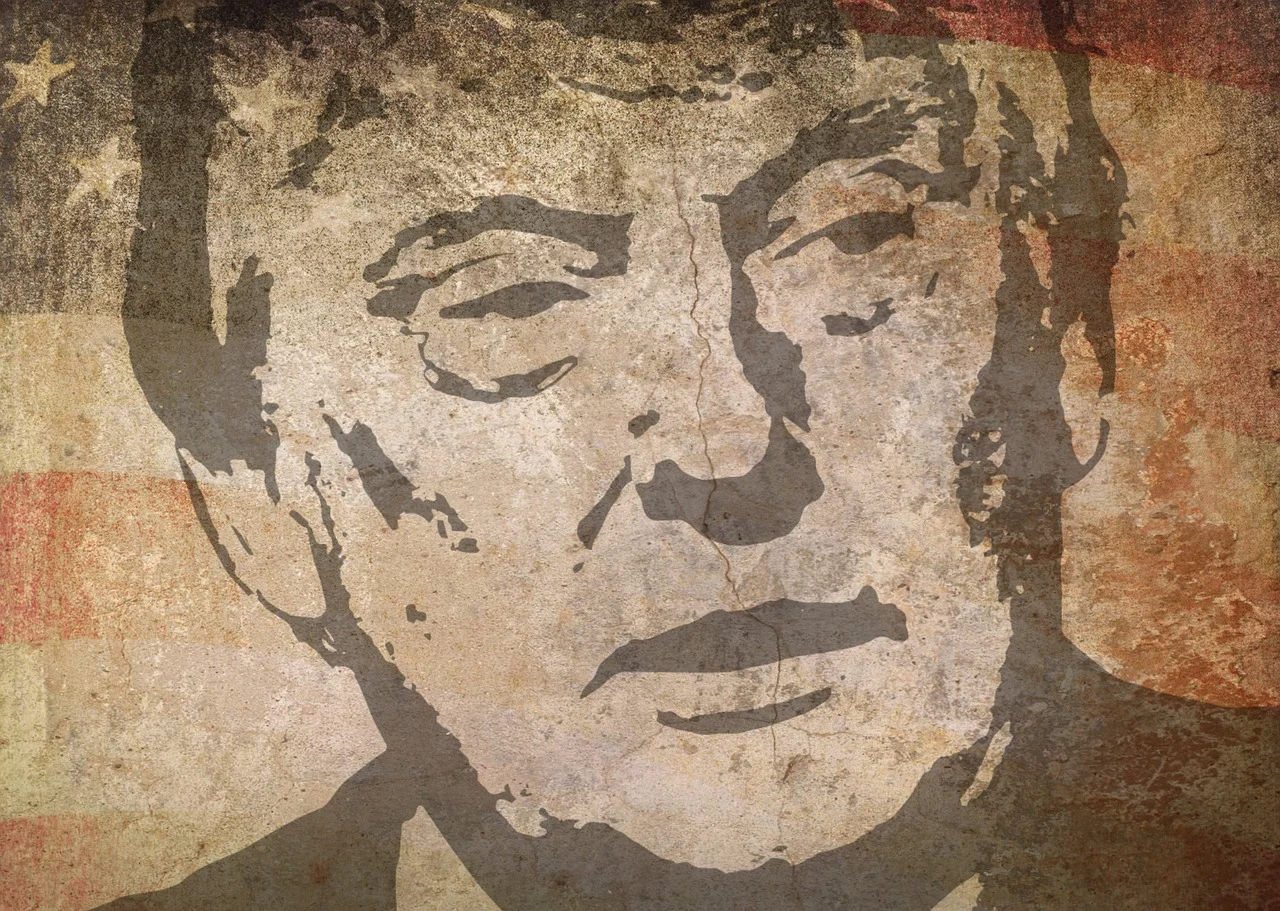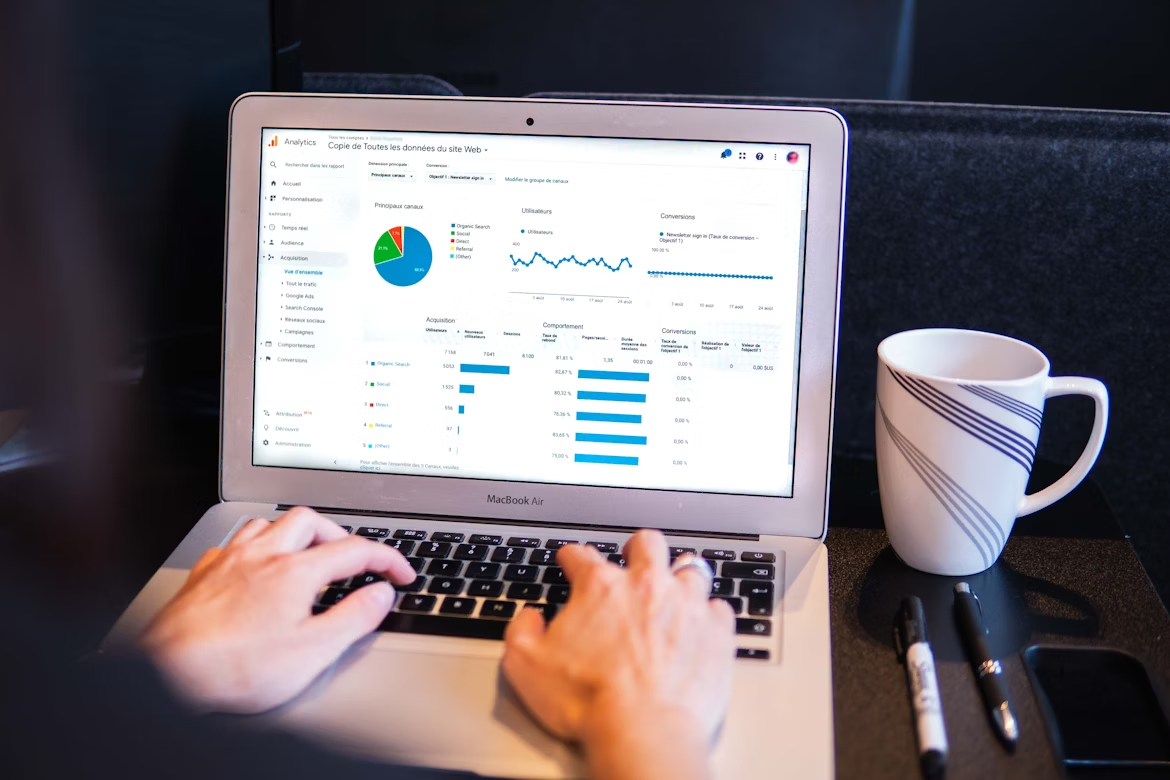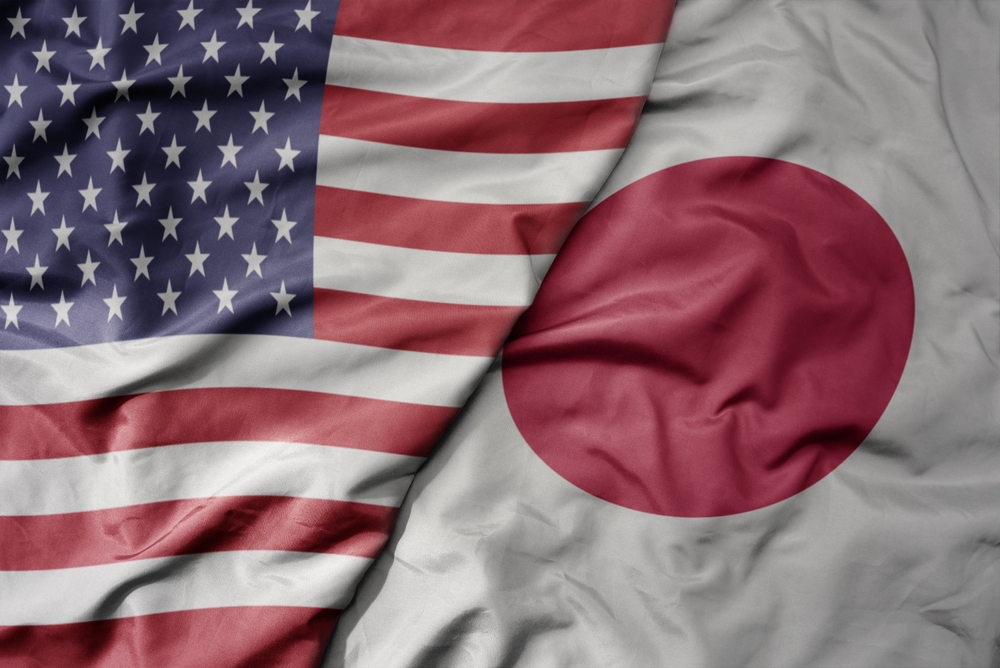The Rise of the "TACO Trade"
The "TACO trade," short for Trump Always Chickens Out, was coined by Financial Times columnist Robert Armstrong. What began as trading floor slang has now evolved into a key market barometer for this administration's trade policy. Much like how Nvidia’s earnings influence tech sentiment, this recurring cycle where tariff threats spark market dips followed by policy reversals that trigger rallies has become a reliable signal of investor conviction.
From Policy Signals to Predictable Noise
Wall Street increasingly treats presidential declarations not as meaningful policy shifts but as noise, temporary volatility that precedes a predictable reversal. This recurring pattern has reshaped what was once considered strategic leverage into a high-stakes bluff. Traders now look for the administration’s "tell", a market-readable cue that a walk-back is imminent. This cynicism, now embedded in market algorithms, reflects a growing scepticism toward the administration’s consistency and coherence.
A Blow to Tariff Legitimacy
Investor wariness was further validated by a sweeping U.S. Court of International Trade decision that struck down the so-called "Liberation Day" tariffs. The court ruled the emergency powers justification legally void, effectively invalidating a core mechanism of the administration’s trade strategy. The market responded; futures surged, and the dollar gained against traditional safe havens, not just out of economic relief but in recognition of a vital institutional constraint on executive overreach.
Markets as Geopolitical Seismographs
This judicial check reverberated far beyond Wall Street. Global partners, from Brussels to Beijing, are now reassessing their positions in response to a more legally vulnerable U.S. trade posture. The White House’s promise to appeal only adds to the uncertainty, as the legal landscape grows increasingly fluid and unpredictable.
Confidence Becomes the Most Volatile Asset
For global businesses and policymakers, the convergence of the TACO pattern, judicial invalidation, and an impending Supreme Court showdown reveals a core vulnerability within the administration. As Tokyo-based strategist Kei Okamura put it, "Stop-and-go dynamics paralyse long-term investment." Erratic policy may project strength, but it simultaneously undermines economic stability.
The market’s reflex to seek judicial protection underscores a deeper anxiety: that the administration’s reliance on emergency powers and maximalist threats is encountering institutional resistance. Now, more than tariffs or tweets, it’s investor confidence itself that has become the most volatile, and perhaps most critical asset in play.















